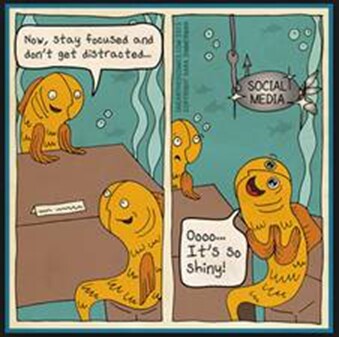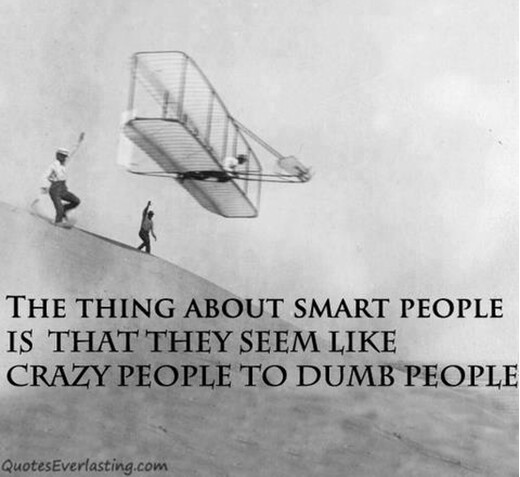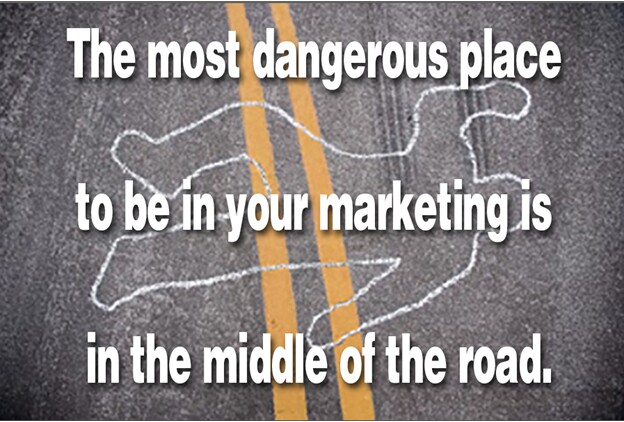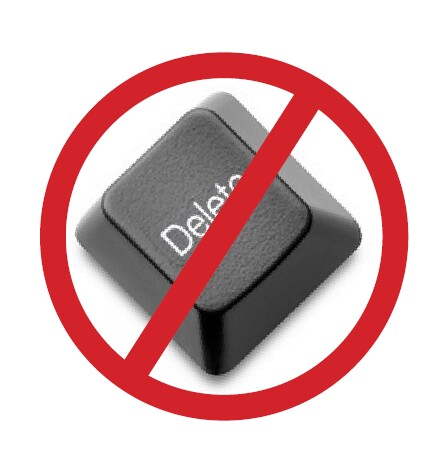Do prospects have a clue who your company really is?
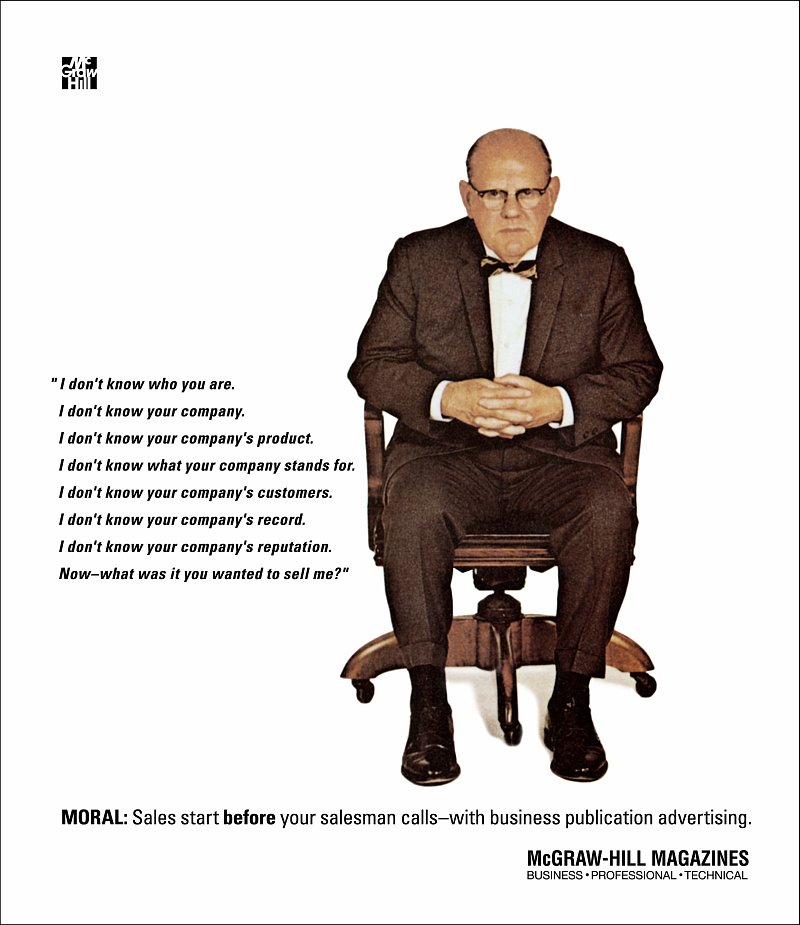 Over 55 years ago, specifically in 1958, a powerhouse publishing organization, McGraw-Hill, ran an ad in their magazines that became known as the “Man in the Chair” ad and you’ve probably come across it because it’s become iconic. The ad showed a stern faced, balding, middle-aged executive wearing a bowtie and a brown suit, sitting in an office chair, hands clasped together and looking intently at the reader as if the reader was a salesperson. To the left of his picture were a list of 7 very direct “I Don’t Know” assertions, followed by even more pointed question:
Over 55 years ago, specifically in 1958, a powerhouse publishing organization, McGraw-Hill, ran an ad in their magazines that became known as the “Man in the Chair” ad and you’ve probably come across it because it’s become iconic. The ad showed a stern faced, balding, middle-aged executive wearing a bowtie and a brown suit, sitting in an office chair, hands clasped together and looking intently at the reader as if the reader was a salesperson. To the left of his picture were a list of 7 very direct “I Don’t Know” assertions, followed by even more pointed question:
I don’t know who you are.
I don’t know your company.
I don’t know your company’s product.
I don’t know what your company stands for.
I don’t know your company’s customers.
I don’t know your company’s record.
I don’t know company’s reputation.
Now—what was it you wanted to sell me?
I think it would be safe to say that the importance of being able to addressed these questions are as important today as they were 1958. Crazy how things don’t change. These questions are timeless not just for B2B marketing, but all types of marketing and for all individuals responsible for communicating on behalf of their respective organizations. And one could probably argue that in today’s digital and social media world, it’s maybe even more powerful. (Click on the video at the bottom to see what I mean.) It remains a clear outline of fundamental sales and marketing questions every organization must be able to answer. How your people and marketing efforts address these seven “I don’t know’s” might very well determine if you get the new business…or not.
I don’t know who you are
When was the last time you made a major purchase without knowing anything about the company? Yeah, me too. Every sale requires a knowledge base or understanding with the brand or a person prior to a sales taking place. Now, however, salespeople spend less time on cold-calling, so that familiarity has to come from somewhere else. What is that “somewhere else” for your organization?
I don’t know your company
B2B buyer behavior has changed a lot… in even the past five years. The main change is that if a buyer needed to get information on a certain solution, they needed to go to the vendor. Now the buyer has lots of sources of information. In fact, the buyer probably doesn’t want to talk to the vendor because they’re the least credible source of information. So the buyer goes around and does all their research…without talking to a vendor as long as possible. Sales opportunities for a company may die depending on how easy it is for the buyer to find your info and say, “I’ve heard of you.” So the implication is that if you do any B2B marketing, you’re going to have to produce stuff or give them reasons to interact with you. And the only way you can do that is by producing really amazing, useful, relevant content that a prospect is happy to engage with, happy to consume and happy to share. How strong is your presence in the digital and social media space?
I don’t know your company’s product
Personal selling is still an important part of having people know something about you, but not in the way it used to be. Word-of-mouth was always important, and it’s ten times easier to get word-of-mouth advice today as a result of the all the online resources available. People want the information right away, and if it’s not available or where they think it should be, they’ll look somewhere else, and you won’t even know that they looked. Another prospective sale — which could have led to numerous repeat sales — goes to a competitor. Your making sure that product features and benefits are clearly known beforehand will be the difference between speaking to a prospect or not.
I don’t know what your company stands for
Whether you call it a USP or value proposition, without it, without a good one, you’re dead! If you can’t very quickly describe what makes you, your service or your company truly special in the eyes of the customer, don’t expect your customer to do it for you. By default, they’ll just put you on the shelf called “commodity,” and there you’ll stay. To have a lasting, profitable business with another business, building both brand awareness and credibility is job-one in B2B marketing. After all, it is much easier to open doors when the potential customer inside knows who you are, what you’re about and why you might be a better alternative than the next guy who knocks on the door.
I don’t know your company’s customers
In the past, referrals were personal, or references were checked personally. A Google search can find referrals quickly, especially the ones than you’d prefer not be found. In today’s world, the majority of prospective customers, both B2B and B2C, spend time researching online or through social media before they buy. They depend more than ever on word-of-mouth references from people who have used those brands or products – whether those references are in the form of anonymous reviews or client testimonials. Think Angie’s List, Buzzillions or Yelp. In fact, according to a the marketing group, ODM, about 90% of consumers trust the word of people they know and 70% of consumers trust the word of people they don’t know. Just look at how we shop online: one of the first things we do is check the customer rating number on the product. And then we typically read the actual customer reviews to see why someone gave that product 1 star and why others gave the same product 5.
I don’t know your company’s record
Letting prospects know your company’s track record is easier today than it used to be. There are channels upon channels – from your website to social media to e-newsletters and email blasts to press releases – that can be used to ensure that the message is delivered in a consistent manner. Buyers want to have some comfort in knowing that you’re a company with a record of achievement and innovation, a company that has won awards for products or service or operation, an organization that’s been around for a while, one who isn’t caught up in multiple lawsuits, etc.
I Don’t Know Your Company’s Reputation.
We’re talking about your company’s standing…status…character. Things that boil down to “can they trust you?” Will people find out that you do what you say you’ll do? Act with integrity? Do you come across as thought leaders in the industry? Is the company aligned with other organizations that have good reputations? You get the idea. Buyers cast verdicts on reputation with their pocketbooks, withholding business from companies they believe are ethically deficient and rewarding those with good reputations. And, it doesn’t take long for judgments to spread. Will prospects see a company that values its customers or a company that people have no problem calling out in social media?
Now, What Was It You Wanted To Sell Me?
The original “Man in the Chair” ad was published long before Twitter, blogs, discussion boards, web 2.0, etc. We’re in a new era. We’re all learning new ways to connect with prospects. But as things look like they have changed in the ways that we engage, inform and become known to our markets, the basic message behind the ad is just as relevant today as it ever was. Being visible to our prospects and winning credibility in word and deed is still critical. Today it takes new ways of thinking and new ways of engaging in our markets and conversations as well as reframing some of the old ways that we went about it before.
As we know, sales start before a salesperson makes contact. Times change, markets change, technologies and approaches change…but marketing fundamentals and human nature don’t. What would be said if the next sales conversation your company had, over the phone or even in person, was with the “the man in the chair?”
Click on the video and see a comparison of the original “Man in the Chair” with how that would play out in a modernized version for today’s world.
[youtube https://www.youtube.com/watch?v=9Y3DDqmGizc]
####
Rolf Gutknecht is vice president, director of account services for LA ads. To discuss your thoughts with Rolf on this blog or any marketing matters, email via this link, or visit www.LAadsMarketing.com. You can also connect with Rolf on LinkedIn.

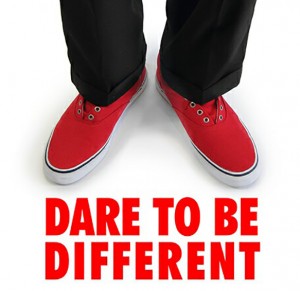 There’s a traditional Japanese proverb that says “The nail that stands out is quickly hammered down.” For generations, conformity has been a societal standard in Japan.
There’s a traditional Japanese proverb that says “The nail that stands out is quickly hammered down.” For generations, conformity has been a societal standard in Japan. Over 55 years ago, specifically in 1958, a powerhouse publishing organization, McGraw-Hill, ran an ad in their magazines that became known as the “Man in the Chair” ad and you’ve probably come across it because it’s become iconic. The ad showed a stern faced, balding, middle-aged executive wearing a bowtie and a brown suit, sitting in an office chair, hands clasped together and looking intently at the reader as if the reader was a salesperson. To the left of his picture were a list of 7 very direct “I Don’t Know” assertions, followed by even more pointed question:
Over 55 years ago, specifically in 1958, a powerhouse publishing organization, McGraw-Hill, ran an ad in their magazines that became known as the “Man in the Chair” ad and you’ve probably come across it because it’s become iconic. The ad showed a stern faced, balding, middle-aged executive wearing a bowtie and a brown suit, sitting in an office chair, hands clasped together and looking intently at the reader as if the reader was a salesperson. To the left of his picture were a list of 7 very direct “I Don’t Know” assertions, followed by even more pointed question:
